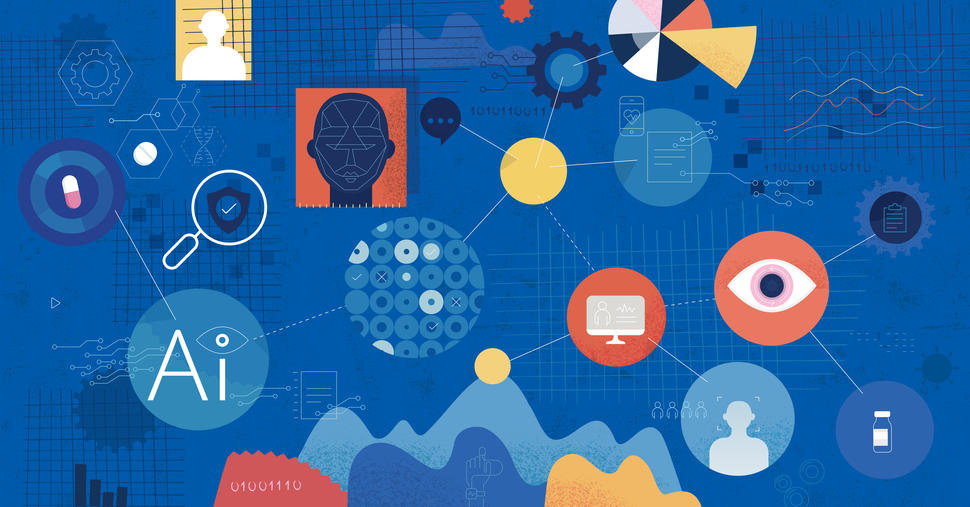
Researchers at the University of California, San Diego (UCSD) have developed a humanoid robot capable of learning and performing expressive movements, including dance routines and gestures like waving and hugging. This innovative approach aims to improve human-robot interactions in various environments, from factories to homes, and even in hazardous situations like disaster response.
Enhancing Expressiveness and Agility
The robot's ability to perform diverse and fluid movements is designed to foster trust and collaboration between humans and robots. Xiaolong Wang, a professor at UCSD, emphasizes the goal of reshaping public perceptions of robots, making them appear friendly and cooperative rather than intimidating.
The research team will present their findings at the 2024 Robotics: Science and Systems Conference in Delft, Netherlands.
Training Methodology
To train the robot, the researchers utilized a wide range of motion capture data and dance videos. They employed a unique method of training the upper and lower body separately, allowing the robot to replicate complex upper body motions while maintaining balance and a steady gait across various terrains—gravel, grass, and inclined paths.
"The main goal here is to show the ability of the robot to do different things while walking from place to place without falling," Wang explains.
Real-World Applications
The humanoid robot demonstrates the potential for performing tasks alongside humans safely and efficiently. Currently, it is controlled by a human operator using a game controller, which dictates speed, direction, and specific movements. The future vision includes autonomous navigation capabilities through the use of cameras.
Next Steps
The team is working on refining the robot’s design to enhance its ability to perform more complex tasks and gestures. "By extending the capabilities of the upper body, we can expand the range of motions and gestures the robot can perform," says Wang. This ongoing research highlights the promising intersection of robotics, movement learning, and human interaction, paving the way for a more collaborative future between humans and machines.
